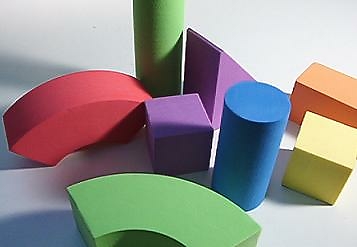Our team draws inspiration from the literature to identify starting points for the design of the future innovation sub-system. We started by using a review (Venhoeven, 2013) and a book chapter (Nevejan, 2015) to gain insight in presence, pro-environmental behaviour and well-being. These topics are crucial to design for. Pro-environmental behaviour is the desired behaviour for Texelaars. However, for them, the personal gain is in presence and especially well-being. Trust smoothens the innovation process.
From that literature, we collected the concepts that we found most useful for our research. Therefore, in the Appendix 2.0 are presented tables introducing each one of the concepts; for each concept, each member of the team gave its own interpretation and how he or she thinks that we can use it for the research.
Here we summarize the insights and the suggestions from these concepts for our research on Texel.
For an individual, presence is the pursuit of well-being. Well-being is a state of existence where people feel happy, either because of feeling pleasure (hedonic well-being) or by striving for the ‘right’ values and goals (eudaimonic well-being).
For the community, presence respects the online and offline realities. The future innovation sub-system should fit well with this merging and take into account presence of external actors (eg. on the mainland). Design for presence means steering the way people pursue well-being. Due to the design, Texelaars will experience well-being by 2065 in such a way that it contributes to the innovation sub-system.
Pro-environmental behavior which meets the needs of the people, while using minimal natural resources and minimizing the impact on the environment. For Texel, this behaviour is strongly desired, and will be (part of) the future sub-system. Keep in mind that a personal interest is necessary for people to perform pro-environmental behaviour.
